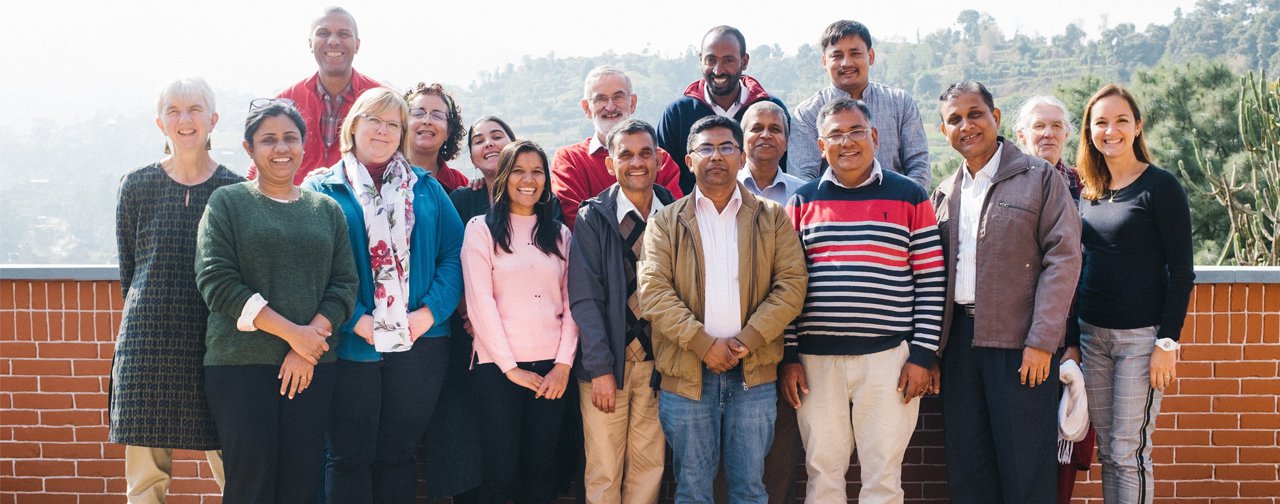Reactions and neuritis
Detecting, preventing and managing reactions and neuritis
Around 30-50 percent of leprosy patients develop one or more episodes of reaction. This can happen before, during, or after multi-drug therapy treatment. Leprosy reactions are the primary cause of nerve damage and disability development and many patients require repeated hospitalisation and long-term medical treatment before episodes cease. Current medications to treat leprosy reactions have high risks for development of permanent side effects (diabetes, fractures, and blindness).
Our researchers are part of a global effort called ENLIST, which is aiming to develop new treatments for Type 2 Leprosy Reaction (ENL). This work hopes to address the inadequate treatment options that are currently available for ENL patients by working through centres across the world. By combining forces with other centres, our researchers have access to more opportunities to identify and develop treatments that have a real impact.

Find out more about the ENLIST Consortiuum
Our team are a part of a major effort to better understand and treat ENL.